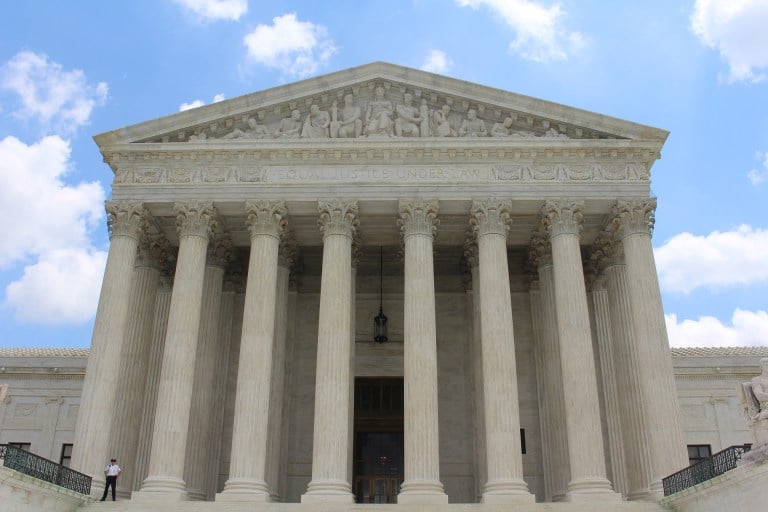Stanford environmental law professors and experts are concerned about the future of environmental policy, following the Supreme Court’s 6-3 vote on June 30 that ruled the Clean Air Act does not give the Environmental Protection Agency unlimited authority in regulating carbon emissions. This prohibits the agency from setting a greenhouse gas cap for emissions based on generation shifting, an EPA proposition to shift some sources of electricity production from fossil fuels to cleaner energy.
West Virginia v. EPA only restricts the EPA’s ability to mandate generation shifting from power plants — but environmental law professor Deborah Sivas believes any future EPA policies related to climate will be challenged by the Supreme Court.
This is unfortunate because agencies like the EPA provide technical expertise in realms like climate change that the Court lacks, Sivas said. “I feel we are taking giant steps backward when we need these agencies as our issues become increasingly complex and interdisciplinary,” Sivas said.
Stephanie Safdi, who is a clinical supervising attorney and lecturer in law for the Stanford Environmental Law Clinic, shared Sivas’s concerns and said the decision “suggests a lot of dysfunction in how we address big problems” from climate change to abortion, which the Supreme Court also ruled on in June.
According to Safdi, the United States struggles with “staring down these big issues and figuring out effective and equitable ways to address them” due to a flawed government with an “empowered conservative minority.”
The landmark decision invoked the “major questions” doctrine, which holds that courts cannot defer authority to executive branch agencies on issues of “vast economic or political significance” unless explicitly stated by Congress. West Virginia v. EPA is one of the first times the doctrine was successfully implemented in a Supreme Court case. The ruling raised concerns for other federal agencies and their authority over issues beyond climate and environmental policies, law school faculty agreed in interviews with The Daily.
Safdi said this doctrine is troubling in particular because it can be interpreted broadly, since it “doesn’t have any obvious standards to it.”
For her, it was ironic that the Court used the major questions doctrine in this ruling. The principle was made to preserve governmental agencies from the executive branch’s domineering legislation, Safdi said. Now, it suggests that the “judicial sphere is intruding in the area of congressional administrative action.”
Supervising attorney and lecturer in the Environmental Law Clinic Matthew Sanders agreed. The ruling sets a precedent for other industries to seek to limit the power of executive branch agencies, Sanders wrote in a statement to The Daily.
“I think we can expect those who want less federal government regulation to try to use the Court’s decision in West Virginia v. EPA to achieve that goal,” he wrote.
This ruling will restrict federal agencies’ ability to “take on innovative approaches to big challenges” even beyond climate and environmental policy, Safdi said.
Sanders wrote that the West Virginia v. EPA decision also disproportionately impacts marginalized communities, because “existing power plants that rely on dirtier power sources like coal impose disproportionate burdens on low-income communities and communities of color.”
Despite the uncertain future for federal agencies cast by the West Virginia v. EPA decision, reducing greenhouse gases (GHGs) to mitigate the effects of climate change is still possible and urgent, he wrote.
“I don’t agree with the Court’s decision in West Virginia v. EPA,” Sanders wrote. “But regardless of what one thinks about it, as a matter of policy, we need robust tools to reduce GHGs and address climate change, and quickly.”
